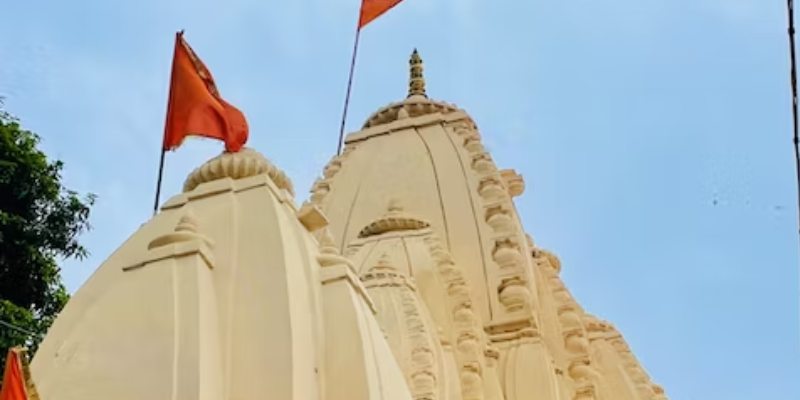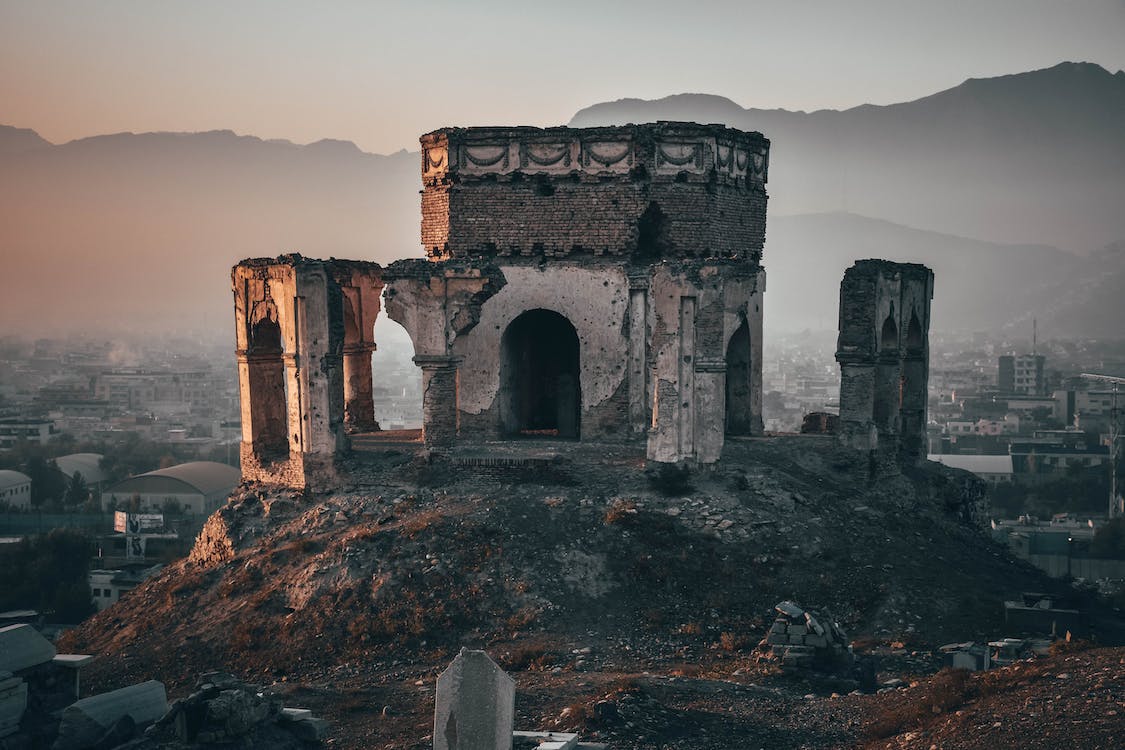Ever wanted to experience the wonder of ancient architecture but didn't have time or means to travel halfway around the world? Look no further than the Masroor Temples; these little-known 8th-century temples will transport you back in time with their intricate carvings and stately presenceSo next time you're craving adventure, hop in your car or on a bus and head just a few hours north of Delhi to uncover the secrets of Masroor, a magical place lost in time.
An Introduction to the Masroor Rock Cut Temples
In the Kangra area of Himachal Pradesh, India, fifteen monolithic rock-cut temples are known as the Masroor Rock-Cut Temples. Constructed around the eighth and ninth centuries CE, these temples exhibit the prowess of the Nagara style of temple building.
The Masroor temples are unique because, unlike most rock-cut monuments with a facade and cave-like interiors, these temples have a distinct shikhara or spire, resembling the structural temples of the era. The shikhara, mandapa and garbhagriha or sanctum are all carved out of the mother rock, giving the impression of a free-standing temple.
The Fascinating History of the Masroor Temples
The Masroor Temples have a fascinating history spanning over 1,500 years. Built between the 8th and 9th centuries AD, these temples were carved out of sandstone rocks by the rulers of the ancient kingdom of Kangra.
The Nagas, a tribe of snake worshippers, were among the first inhabitants of the Kangra region. They likely influenced the architecture and design of the Masroor temples, evident in the serpent motifs and symbols found throughout. The Nagas were conquered in the 2nd century by the Gupta Empire, a golden age for art, science and culture in India.
Under the Gupta reign, Hinduism spread through Kangra. The Masroor temples were built to honour the Hindu deities Vishnu, Shiva and Devi. Construction of the 15 monolithic temples took over 200 years and required extreme manual labour, patience and skill. The result is an architectural and artistic masterpiece.
For centuries, the Masroor temples have been used for community gatherings, festivals, and religious ceremonies. Sadly, most were abandoned in the 16th century due to the decline of the Kangra kingdom.
Taking in the Breathtaking Architecture
The Masroor Temple complex is an architectural and artistic wonder. As you explore the site, you'll be amazed by the detail and beauty of these ancient temples carved into the rock face.
Awe-Inspiring Rock Cut Facades
You'll first notice the impressive rock-cut facades with intricately carved pillars, arched entrances, and geometric patterns. Monolithic architecture, with entire temples carved out of the sandstone hillside, is jaw-dropping. Historians believe the complex was built between the 8th and 9th centuries CE, though the rock-cut style was popular in India for centuries.
Ornate Pillars and Ceilings
Once you step inside the temples, look up. The ceilings feature stunning stone "beams" and floral motifs. The pillars, carved from living rock, showcase beautiful calligraphy and lattice designs. It's hard to believe these details were made using simple chisels and hammers long ago.
Shiva Lingam Shrines
At the heart of each temple is a shrine to Shiva, one of the principal deities of Hinduism. The shrines house a Shiva lingam, a rounded sacred stone representing the cosmic pillar of fire through which Shiva manifested himself into the material world. To Hindus, the lingam (along with the yoni, a circular base) represents nature's male and female generative powers.
Panoramic Views
Finally, take advantage of the opportunity to take in the panoramic views of the snow-capped Dhauladharmountains from the temple site. This sea of stone temples set against the dramatic Himalayan foothills creates a memorable scene that will stay with you long after you leave Kangra.
Visiting the Temples - What to See and Do
Royal Temple
This is the complex's largest and most impressive temple, dedicated to the Pandava brothers. The entrance has intricately carved pillars, and the inner sanctum holds a lingam, representing Lord Shiva. The temple offers picturesque views of the valley below.
Naga Temple
This temple has a serpentine shape, honouring the Naga clan, with a lingam inside. The entrance has carvings of the river goddess Yamuna on one side and the Naga king on the other.
Lakshmi Narayan Temple
This temple is dedicated to the Hindu god Vishnu and his consort Lakshmi. It has carvings showing Vishnu's ten avatars, including Krishna and Rama. The sanctum holds images of Lakshmi and Vishnu.
The Significance of the Masroor Temples Today
These temples showcase a unique style of architecture found nowhere else in the world. Carved from monolithic rocks in the 8th century, the 15 temples depict a perfect blend of Hindu architecture famous during the reign of the Nagas. Their intricate carvings and sculptures remain remarkably well-preserved, giving historians insight into early Hindu practices in the Himalayan region.
An Important Heritage and Cultural Site
The Masroor temples have become an important heritage site, attracting historians, architects, and tourists fascinated by their beauty and historical significance. They showcase the cultural and religious beliefs of ancient inhabitants in the Kangra Valley. Recognizing their importance, the temples were designated as a UNESCO World Heritage Site in 2014 to help preserve them for future generations.
A Place of Continued Worship
While the Masroor temples offer a glimpse into the past, they remain an active place of worship today. Devotees still flock to the temples to pray to the deities carved into the stone, especially on religious festivals and occasions. The temples may have been built over 1,200 years ago, but they remain vital to the Kangra Valley's religious and cultural life.
Conclusion
Carved from monolithic rocks in the 8th century, these ancient temples stand as a testament to the artistic and architectural mastery of the era. Though not as renowned as other historical sites in India, Masroor deserves a spot on any cultural explorers list. The next time you find yourself in the Kangra Valley, take a day to wander the temple complex and immerse yourself in the solitude and splendour An architectural wonder and a place of tranquillity, Masroor temple will leave you in awe of the vision and dedication of its creators.

Luxury Stay at Tintswalo Atlantic in Cape Town

The 10 Absolute BEST Places to Visit in Chamba

Unmissable Milan Attractions for a Truly Memorable Italian Journey

The Best Way To Plan A Trip To Slope Stations Around Mumbai

Exploring Bogotá's Vibrant Street Art Scene

Your Ticket to the Acropolis: A Simple Guide to Buying Tickets in Athens

Secure Your Spot: Pawna Lake Camping Adventures

Where to go for Village Tourism in Kerala

Popular Sights and Romantic Experiences in Old Goa

Refresh Yourself By Visiting These Captivating Spots Near Lonavala

Discovering the Wonders of Dodda Alada Mara


